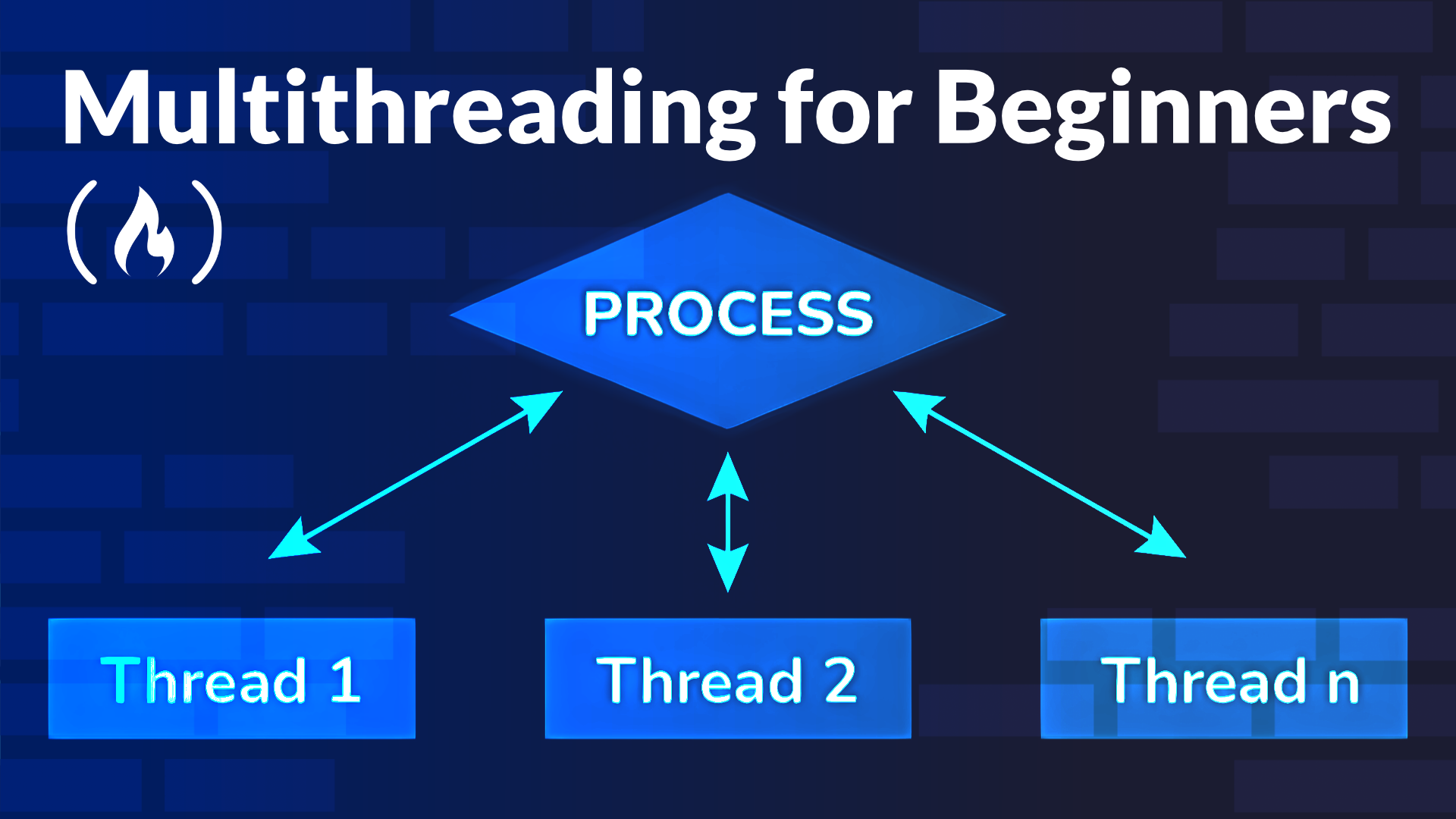
Multithreading for Beginners
Multithreading for Beginners 관련

Multithreading is a crucial concept in computer science that allows for the concurrent execution of two or more threads, enabling more efficient and optimized use of resources. It can significantly improve the performance of applications, particularly those that require heavy computational work or need to handle multiple tasks simultaneously. Understanding multithreading is essential for developing robust and efficient software, especially in languages like Java where this concept is extensively used.
We just published a course on the freeCodeCamp.org YouTube channel that will teach you all about multithreading in Java. This comprehensive course covers everything from the basics to advanced topics, providing both theoretical knowledge and practical code examples. While the primary focus is on Java, the principles and techniques discussed are applicable to other programming languages as well. Ramendu created this course.
Why Learn Multithreading?
Multithreading is fundamental to creating high-performance applications. With the rise of multi-core processors, leveraging multiple threads has become essential to fully utilize the capabilities of modern hardware. Applications that perform CPU-intensive tasks, such as data processing, simulations, and complex calculations, can see large performance improvements when implemented with multithreading. Additionally, multithreading is important for creating responsive user interfaces in applications where long-running tasks are offloaded to separate threads, preventing the UI from freezing and ensuring a smooth user experience.
Learning multithreading not only enhances your programming skills but also opens up numerous career opportunities. Many high-demand fields, including game development, finance, and big data, require a solid understanding of concurrent programming.
Course Content Overview
The course begins with an introduction to the instructor and an overview of what you can expect to learn. You'll start with the basics, such as understanding what multithreading is and how it differs from sequential execution. From there, you'll learn how to create threads using both the Runnable interface and the Thread class, and explore the differences between these two approaches.
As you progress, the course teaches more complex topics such as the join method, daemon threads, and thread priority. You'll learn about synchronized blocks and the potential problems they can cause, as well as how to use the wait and notify methods for inter-thread communication. The producer-consumer problem is also covered, providing a practical example of these concepts in action.
The course also introduces the ExecutorService framework, which simplifies thread management by providing a pool of reusable threads. You'll explore different types of executors, including single-thread, fixed-thread, cached-thread, and scheduled-thread pools, and learn how to choose the ideal pool size for your needs. Advanced concepts such as Callable and Future, synchronized collections, and various concurrency utilities like CountdownLatch, BlockingQueue, ConcurrentMap, CyclicBarrier, and Exchanger are also covered.
Towards the end of the course, you'll learn about the importance of locks and how to use different types of locks such as reentrant locks and read-write locks. The visibility problem in Java, deadlocks, atomic variables, semaphores, and mutexes are discussed to provide a thorough understanding of these critical issues. Finally, the course covers the ForkJoinPool, an advanced framework for parallel execution, before concluding with a summary and a thank-you message.
This course is perfect for anyone looking to master multithreading in Java, from beginners to experienced developers seeking to deepen their understanding. Watch the full course on the freeCodeCamp.org YouTube channel (6-hour watch).